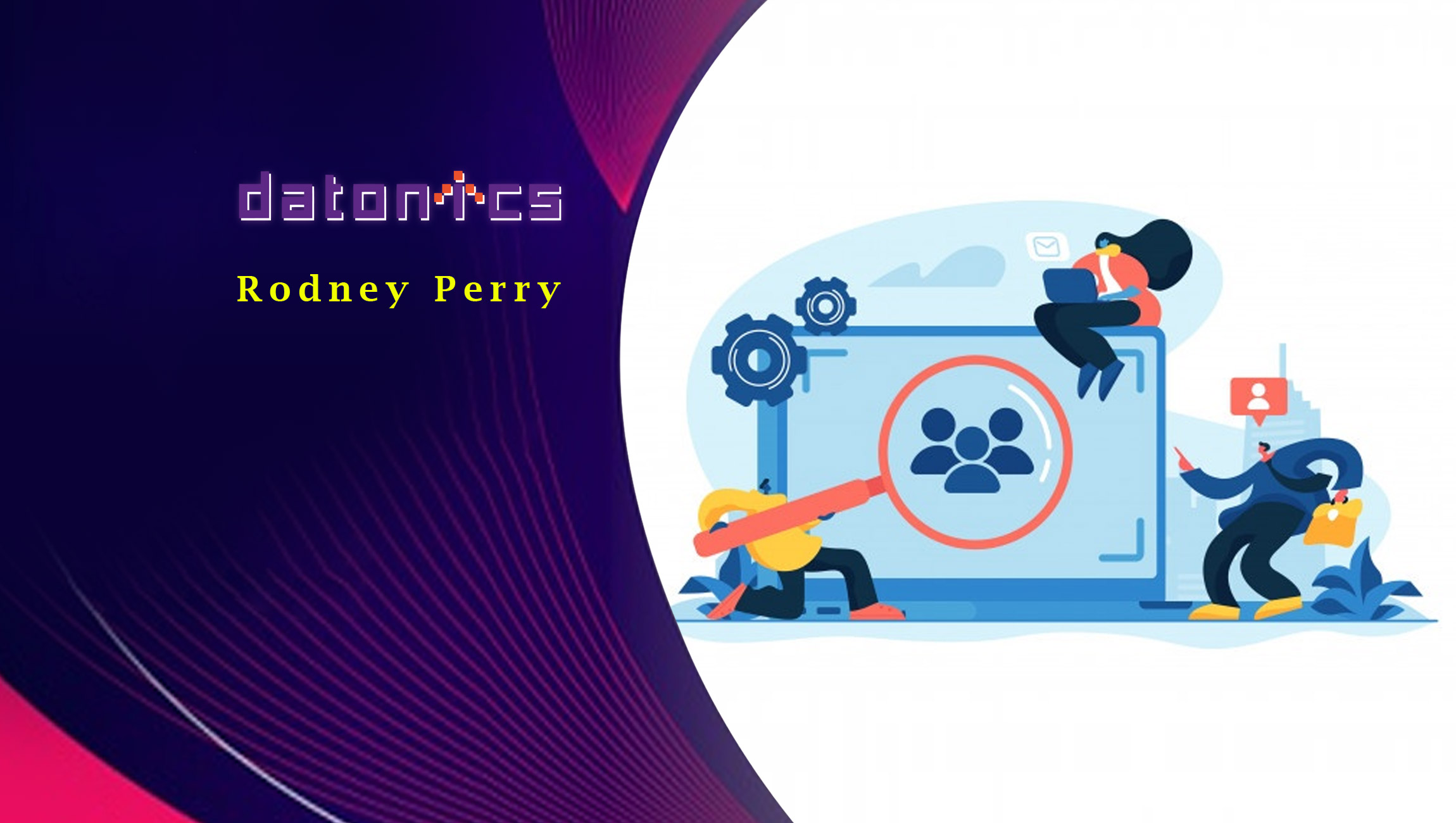The Benefits and Importance of Audience Segmentation to Boost Personalization

With the volume of content that we are consuming, ad burnout is happening at breakneck speed. Especially now, when content consumption is higher than average, ads no longer have the longevity of months or years. They become stale after just a few days.
And while marketers are used to being agile, this pace is hard to keep up with.
In these trying circumstances also comes opportunity, and it’s in the form of personalization. Targeting ads to very specific groups of individuals can help to cut down on fatigue, increase engagement and be more manageable for marketers.
What is Meant by Personalization?
The concept of an ad being perfectly aligned to an individual’s preferences and past behaviors is the wholly grail, yet this has not been achieved at scale by any brand, platform or advertiser. Personalization is still a one-to-many concept, and the idea is to significantly cut down on the many.
Take for example the types of segments that marketers can now choose from to target campaigns. What used to be “millennial moms” has morphed into highly specific segments like “motorcycle riding yoga moms.” Through such specific categories, marketers are better able to pinpoint the group that is more likely to be interested in their product or service.
Read More: The Need And Benefits Of Personalization In Sales And Marketing Today
The Importance of Quality Data
The idea of personalization makes sense, yet the execution of it presents many challenges. One of the most critical elements of success is data quality and accuracy. It all starts with data. Existing customer data mapped to online profiles provides a robust view of your consumer.
Good clean quality data helps to understand how personalization can happen. Knowing someone is in a healthy segment is one thing, but knowing that they are into yoga vs Pilates will help personalize the creative to drive a stronger response.
Knowing which data sources will get you the best results takes practice and experience. The breadth of options and subsets of data is a good indicator of how the data can work for a brand’s campaigns.
Some is Better than None
Highly segmented data is appealing, yet it can seem daunting to some marketers, especially those who don’t have or are just starting to build out customer lists. In these incidences, it’s important to understand that personalization is not an all or nothing game. Personalization can be done off the rack with data available in market.
The main idea is that some is better than none.
Scope of Personalization
Another important element to consider when incorporating audience segments and personalization into campaigns is to amplify the scope of personalization that you can achieve. Can you tell a hundred different stories? What about a thousand?
Each specific product or service can be segmented into benefits that apply to different groups, and it’s important to go through this exercise to uncover new audiences. For example, let’s say you’re running campaigns for athleisure. One target audience may be casual runners. Another may be people working from home. Another may be hikers, dog owners, recreational gardeners, etc. The list goes on.
There are many opportunities to broaden the scope of personalization even further. For example, marketers can build out custom audiences through keywords and search phrases to personalized segments that can be targeted.
Read More: How Do You Drive Better Personalization In Every Sales And Marketing Outreach?
With audience segmentation becoming much more precise, marketers have the ability to think very creatively about their targeting strategies. By keeping data quality, a level of personalization and scope in mind, taking full advantage of the practice can help marketers to capture more customers.



